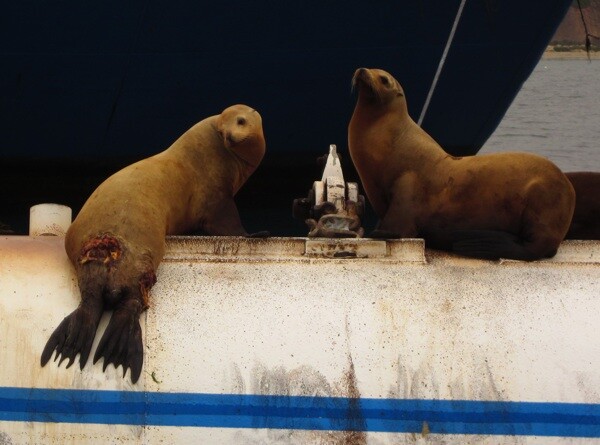Shark Attack Prompts Warning at Santa Barbara Beaches

A recent, non-fatal shark attack on a sea lion has prompted Santa Barbara officials to post warning signs at city beaches today. The attack, confirmed as from a great white shark by the Santa Barbara Marine Mammal Center, likely occurred in recent days, but officials were notified this morning, putting into action new protocol for such events.
"If this was a human attack, we would have closed the beaches," said Mick Kronman, Harbor Operations Manager. "But because this was an attack on a marine mammal, we're just advising people to swim at their own risk." He said signs would be taken down after 72 hours if there are no shark additional sightings, encounters, or attacks.
Today marks the first time the city has launched a new standing operating procedure, which was developed after a similar attack on a sea lion off Stearns Wharf a few months ago. "We think it's good public policy," noted Kronman.
Marine mammals like sea lions are a normal part of a great white shark's diet.


